GD&T stands for Geometric Dimension and Control is a type of tolerance used to define the geometry of a component. It is extensively used by design engineers to define design intent for a part. In this article, we will discuss top GD&T interview questions and answers. Click this link!! for more details on GD&T.
Here are the top commonly asked GD&T interview questions with answers.
1. What is GD&T?
Geometric dimension and tolerance ( GD&T ) is a system to define nominal and allowable variations in part and assembly geometry. They are used along with linear tolerance. ASME Y14.5-2009 standard has defined GD&T symbols in detail.
2. Why do we require Geometric dimension and tolerance?
GD&T symbols are used to accurately define part geometry in engineering drawing. You should communicate design and assembly intent / requirements in engineering drawing to manufacturer to ensure manufactured part quality. Unfortunately It’s not possible to completely define part geometry using linear tolerance.
Geometric dimension and tolerance have the advantage of a comparatively larger tolerance zone. Therefore part rejection rate and cost also decreases.
3. What are different types of GD&T Tolerances?
Here are the five types of Geometric Tolerance and 14 symbols used to define a part design intent accurately.
- Form Control
- Straightness
- Flatness
- Circularity
- Cylindricity
- Profile Control
- Profile of a Line Control
- Profile of a Surface Control
- Orientation Control
- Parallelism
- Angularity
- Perpendicularity
- Location
- Position
- Concentricity
- Symmetry
- Runout
- Circular Runout
- Total Runout
5. What is the difference between straightness and flatness?
Both straightness and flatness are types of form control tolerances. Straightness controls a condition where all elements of a surface or an axis of a feature lies in a straight line. Whereas flatness controls the variations in a flat surface, regardless of any datum feature.
6. What is the difference between circularity and cylindricity in GD & T?
Both circularity and cylindricity are a type of form control tolerance. Circularity is used to control the roundness of a circular feature in a two-dimensional tolerance zone. Whereas, cylindricity is used to control the roundness of a circular feature in a 3-dimensional tolerance zone.
7. Why Profile control tolerances are used in GD & T?
Profile of Line and Profile of Surface control tolerances are used to control the complex profile of a feature. For example, as shown above, part profile can not be controlled using linear dimensions.
8. Does perpendicularity and angularity control in GD & T controls the angle of a feature?
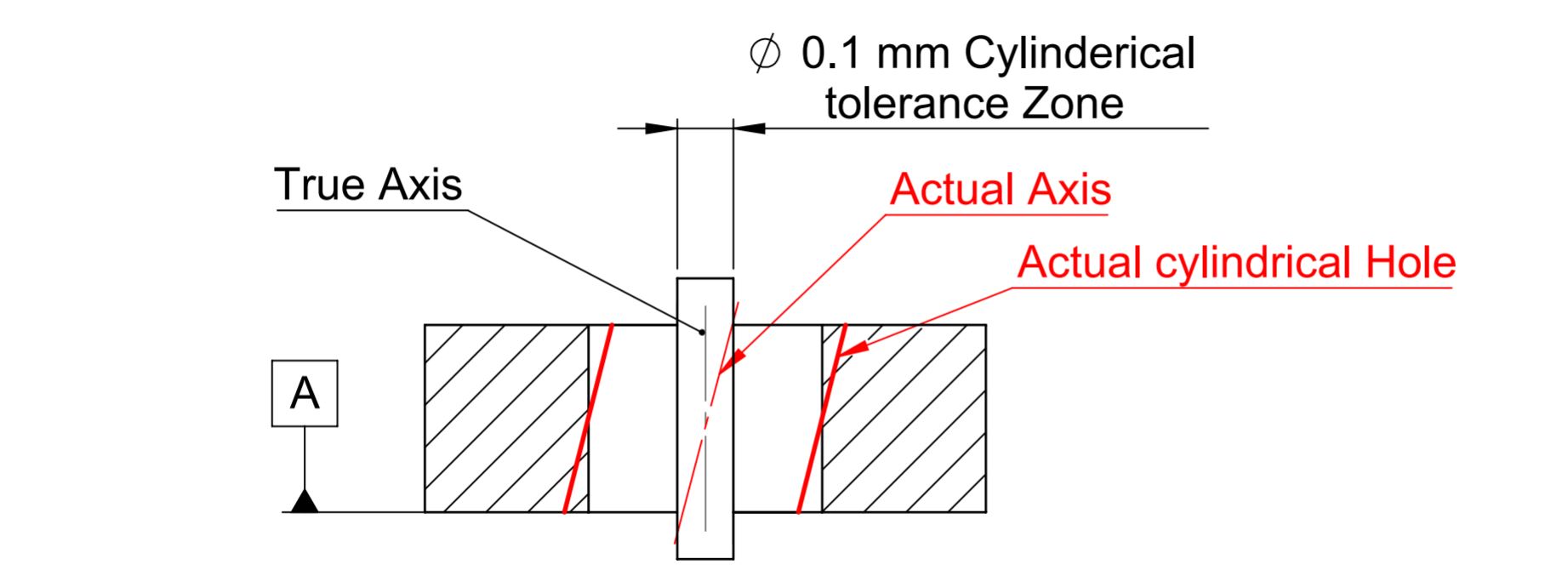
No, Perpendicularity and angularity control the deviation of a feature from required values. As shown above, hole axis can deviate by 0.1 mm from the original position.
9. What are different Modifiers are used in GD & T?
Here are the list of modifiers used in GD&T
| GD&T Symbol | Description |
|---|---|
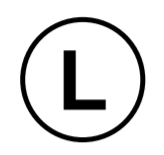 | Least Material Condition |
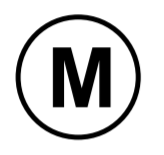 | Maximum Material Condition |
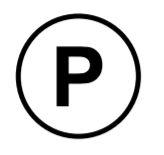 | Projected Tolerance Zone |
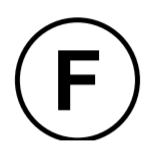 | Free State |
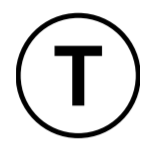 | Tanget Plate |
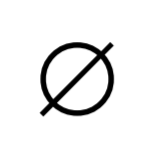 | Diameter |
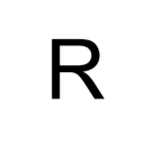 | Radius |
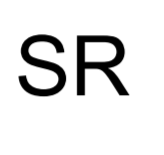 | Spherical Radius |
 | Controlled Radius |
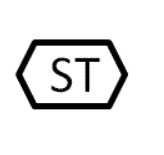 | Statistical Tolerance |
10. Why LMC and MMC modifiers are used in GD & T?
LMC and MMC are used to provide bonus tolerance to the feature of a part.
11. What is feature control frame in GD & T?
Feature control frame in gd&t is used to define gd&t tolerance conditions applied to a feature. Generally it includes gd&t tolerance control symbol, reference datum plane, tolerance value and gd&t modifiers.
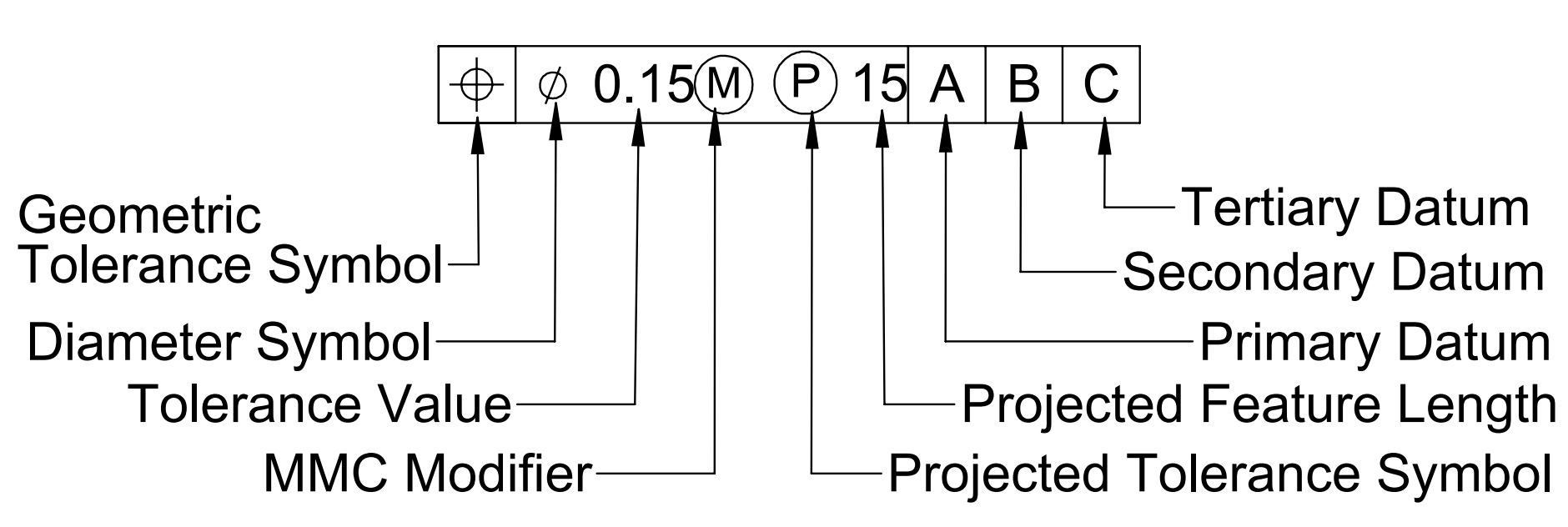
12. What is the tolerance zone for gd&t perpendicularity tolerance?
When gd&t perpendicularity tolerance is applied over the surface, the tolerance zone will be two parallel surfaces, planes, or lines perpendicular to the datum plane. All points on the controlled surfaces should lie within these limits.
Whereas, the tolerance zone will be a cylinder boundary around a true axis when perpenducularity tolerance is applied to an axis. All points of the axis of the controlled feature must lie within this cylindrical boundary.
13. How to measure perpendicularity tolerance?
When applied to the surface, perpendicularity tolerance can be measured in the following ways:
- Square Ruler Block and Surface Gauge.
- Dial Gauge
- CMM or VMM machine.
Whereas when applied to an axis Go-No go gauges are the best and easiest way to measure the perpendicularity of a hole or Pin.
14. What are the applications of circularity tolerance in GD&T?
Circularity tolerance can be applied to cylindrical, conical, or spherical surfaces. Circularity tolerance in gd&t is used where a section of the part is critical only.
For example, circularity is used to control bearing inner diameter and shaft outer diameter. It helps in providing more flexibility to the manufacturer while solving the purpose.
15. Why Runout tolerance is used?
Runout tolerance is used to control the total variation in a circular or cylindrical feature when the part is rotated about the true datum axis. Circular runout and total runout are applied to rotating shafts such as drill bits, shafts, vehicle axles, engine transmission parts, etc.
16. What GD&T tolerance require datum plane?
Following GD&T tolerance require datum plane:
- Perpendicularity
- Angularity
- Parallelism
- Position Control
- Circular Runout
- Total Runout
- Concentricity
- Symmetry
17. What are virtual conditions in GD&T?
Virtual conditions in GD&T are used to define the condition of a feature when MMC or LMC is applied.
Virtual Condition = MMC – Geometric Tolerance
18. What do you understand by MMC and LMC modifiers?
MMC stands for Maximum material condition whereas LMC stands for Least Material Condition. For a hole, Smaller size of the hole means hole is at MMC whereas larger size of hole means, hole is at LMC.
For a shaft, larger size of the shaft means the shaft is at MMC whereas smaller size of shaft means the shaft is at LMC.
19. Why MMC is preferred while applying gd&t tolerance?
MMC is used in GD&T to provide additional tolerance.
20. What is a typical application of LMC?
LMC is used to control the size and position of a hole and the thickness of a material. For example, LMC is used to control part thickness to ensure a part is having sufficient strength in the least material conditions.
We will keep adding more questions to Top GD&T Interview questions and answers for mechanical engineers. Please add your comments or questions on GD&T interview questions.

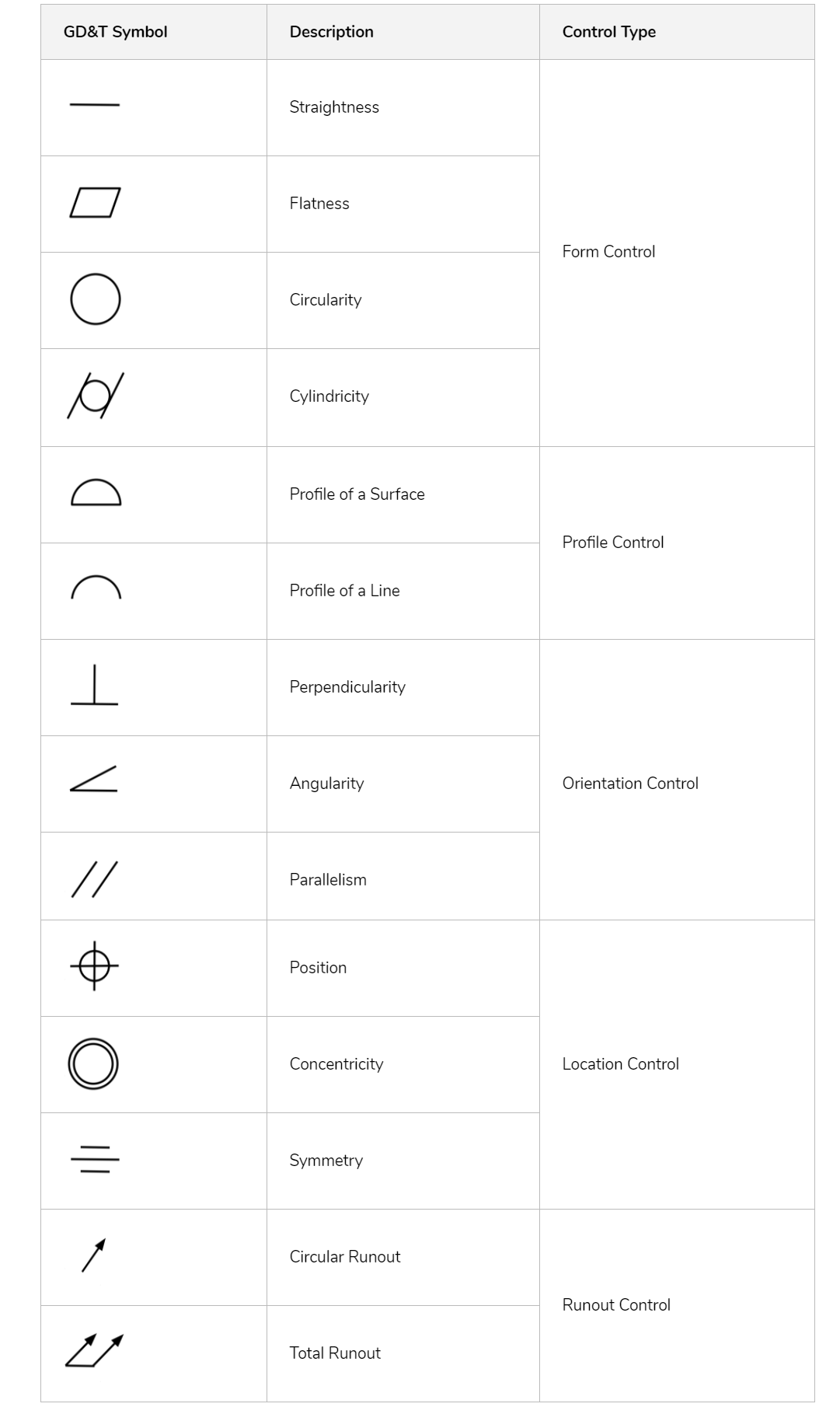
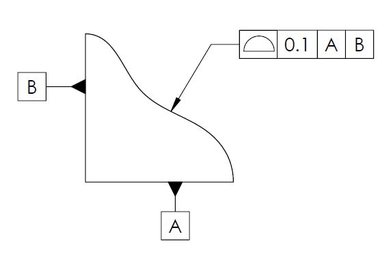
Its a good experience to just read about it, also I’ve 1 request on behalf of all students, if you provide more question regards to gd & t it will be more helpful, i am looking forward to your response , and its really great initiative you are taking
thank you,
Best Regards
Hitesh
Thanks Hitesh,
I will definitely try to add more question before 6th October. Our Aim is to help students.
Good amount of questions covered
1. What type of tolerances should be given on castings 2. Circularity vs Cylindricity which is more stringent and why.
cylindricity is more stringent because it controls the straightness,circularity and also taper diameter at the same time but circularity only control the circularity of a part at each cross section but ut doesnt control the straightness
Profile Tolerances makes sense for a casted part
It is very helpful to understand basic in just manner
Technical drawing
Please send the GD&T topics to my mail id
Hi Bro, Thank you for your information. it really helpful for understanding GD&T.